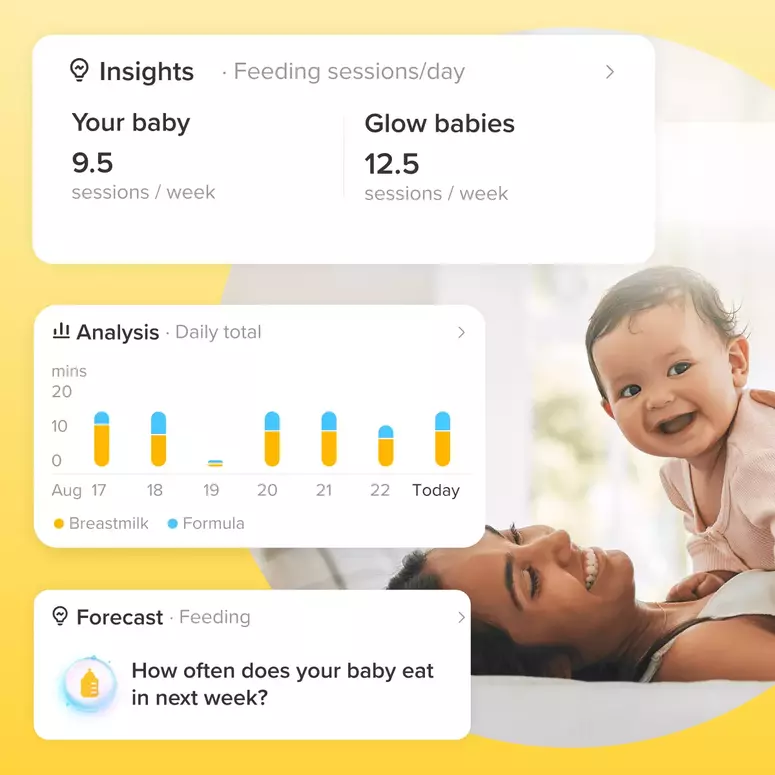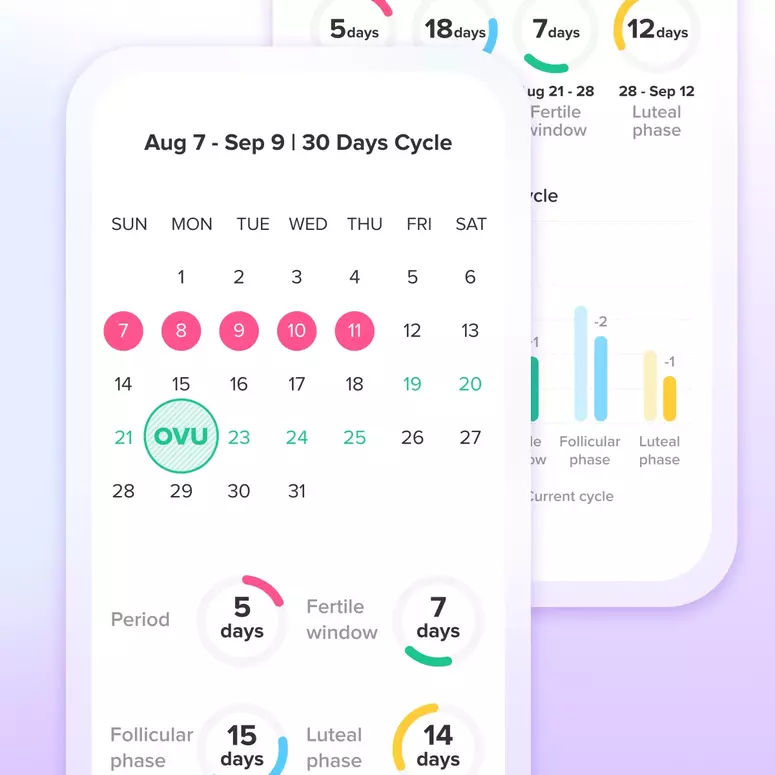Seeds for balancing hormones
My friend sent me this and thought no harm trying. Hope it helps!
Plant foods have pretty tremendous powers when it comes to righting the body’s processes and helping us stay aligned with our nutritional needs across the seasons, and even our hormonal cycles. You know your body is healthy and well when it runs in line with its natural rhythms, without interruption or delay, and can moderate its own smooth functioning. (A little boost every now and then isn’t a bad idea.)
The tricky thing is that, thanks to environmental toxins and high levels of stress, the body can often lose track of its rhythm and slow – or stop altogether – the production of essential hormones that control internal processes. In our world, when it comes to fertility and hormone regulation, there are a lot of things working against proper functioning. (As a side note, whether you’re looking to become pregnant or not, “fertility” reflects the overall health of the body, including digestion, elimination and metabolism, in addition to reproductive functioning.)
Luckily, there’s are many – easy and delicious – ways to give the body a little helping hand and find its natural equilibrium. There are big picture food considerations for a fertile body, but let’s start small.
With seeds!
It’s no coincidence that seeds (essentially the nourishment for a growing baby plant) are highly effective hormone balancers. Seed cycling is a practice often recommended by naturopathic doctors. It’s designed to support hormone production and regulate menstrual cycles, particularly for patients looking to become pregnant or to reduce symptoms of PMS. Because a specific cocktail of hormones guides these processes, incorporating specific seeds which promote the creation of these hormones allows the body to find balance.
Here are the basic principles underlying seed cycling.
Different Week, Different Hormone
The female body is dominated by estrogen for the first half of the cycle. Estrogen encourages production of a thick endometrial lining to provide more fertile tissue for an embryo to implant. Days15 to 28 in the cycle are dominated by progesterone, a steroid hormone that maintains the condition of the uterine lining, facilitates implantation of an embryo and prevents the eggs from over-maturing during pregnancy.
Balancing Progesterone and Estrogen
While estrogen and progesterone are key to a functioning cycle, the healthiest, most fertile body is one that is evenly balanced. Too little estrogen can lead to a thin uterine lining or a lack of ovulation; too much estrogen can cause irregular periods, depression and PMS symptoms. A high level of estrogen has also been linked to polycystic ovarian syndrome (PCOS) and endometriosis. Progesterone deficiency has been linked to symptoms of PMS, fatigue, irregular periods and recurrent miscarriages. The hormone is essential for getting pregnant and sustaining pregnancy.
Seeds Act as Natural Hormone Regulators
Because the menstrual cycle is dominated by estrogen and progesterone, we can supplement our body’s natural hormone production with foods that contain the precursors to these hormones—in other words, the building blocks that will make them in the right proportions. Seeds—specifically pumpkin, sesame, sunflower and flax varieties—provide the ingredients for balanced hormone production, especially when paired intentionally throughout the month.
Days 1–14: Seeds for Estrogen
Flax and pumpkin seeds are excellent sources of omega-3 fatty acids, which allow the smooth transmission of hormones throughout the body. Flax also contains lignans, a family of plant compounds that blocks excess estrogen. The high zinc content in pumpkin seeds allows the body torelease progesterone. The combination of these two processes allows for a balance between the two.
Days 15–28: Seeds for Progesterone
During the second half of the cycle, sesame seeds and sunflower seeds are a huge boon for progesterone balance. Sesame seeds ’high zinc content and the readily available selenium insunflower seeds encourage the body to make progesterone. As in the first half of the cycle, the lignans in sesame seeds deter excess estrogen production.
Seed Cycle Your Way to a Healthy Body
Look for a raw, unsalted versions of each of the seeds mentioned above. For the first 14 days of your cycle, have one tablespoon each of ground flax seeds and (preferably) ground pumpkin seeds daily. In the latter half of your cycle, work in one tablespoon each of (preferably) ground raw sesame seeds and sunflower seeds. Grinding seeds, which breaks down the tough outer layers, makes their nutrients more easily accessible to the body. Add ground seeds to smoothies, salads or soups or simply stir them into water, milk or juice for a quick preparation. Make a sauce or your ownHomemade Tahini for a simple add-in. You can also take any of them whole (with the exception of flax seeds, which can pass through your system undigested)—just be sure to chew them well.
Some of my favorites include Pistachio Sesame Seed Balls, Flax Green Bean Fries, Sunflower Seed Butter Vegan Oatmeal Cookies and this unbelievably vegan Pumpkin Seed Onion Cream on homemade veggie burgers.
Keep in Mind..
It’s worth noting that foods that promote one hormone also discourage production of the other. Aim to avoid sunflower and sesame seeds during the first half of your cycle and pumpkin and flax seeds during the second half.
This Cacao Maca Energizing Smoothie is a great vehicle for your seed regimen (maca, too, has been shown to be hormone regulating). Whip up a batch, and on days 1 -14, add 1 tbsp ground flax meal and 1 tbsp pumpkin seeds. On days 15–28, add 1 tbsp sesame seeds and 1 tbsp sunflower seeds.
Add Comment
Let's Glow!
Achieve your health goals from period to parenting.




